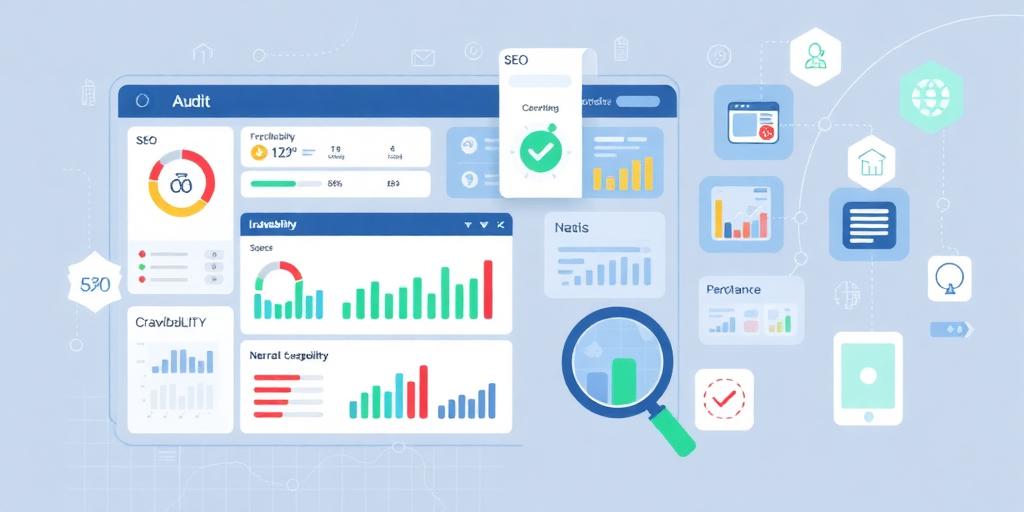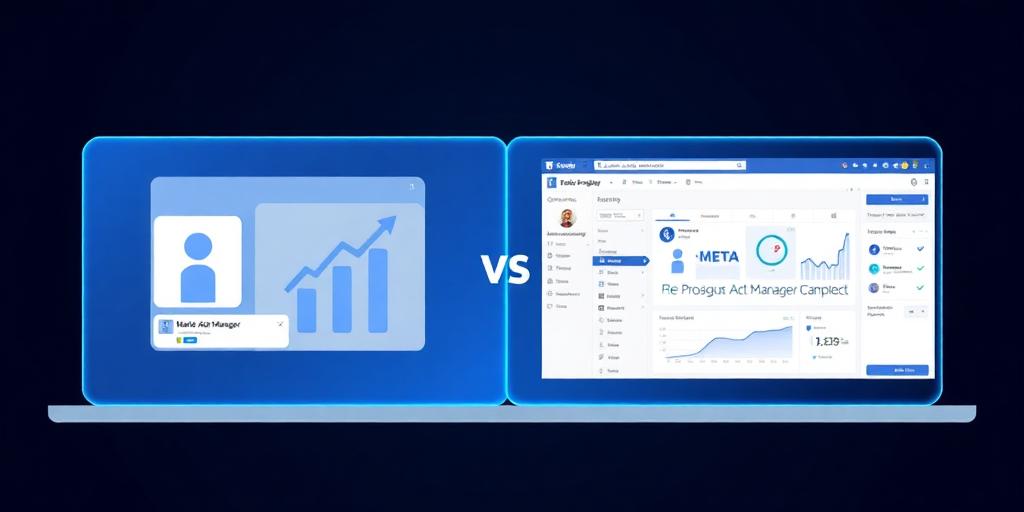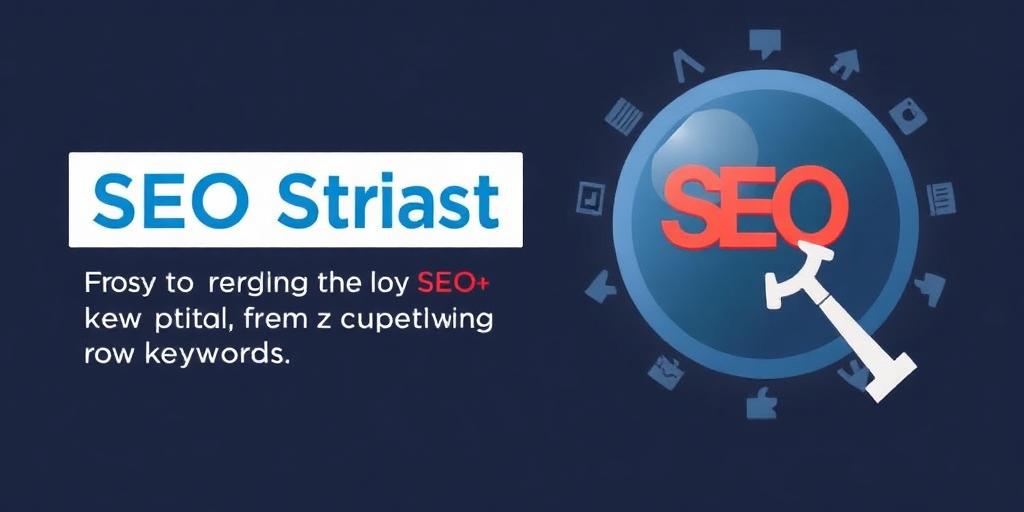How to Run a Full Technical SEO Audit
A technical SEO audit is a comprehensive review of a website's technical aspects to ensure search engines can crawl, index, and render it effectively. It addresses issues that may hinder a site's visibility and ranking in search results. This guide provides a structured approach to performing a full technical SEO audit.
1. Crawl the Website
Purpose
To identify all the pages on the website and analyze their structure.
Tools
- Screaming Frog SEO Spider: A desktop application for crawling websites.
- Sitebulb: A cloud-based tool offering detailed site audits.
- Deepcrawl: An enterprise-level crawling platform.
Steps
- Configure the Crawler: Set user-agent, crawling speed, and exclusions (if any).
- Run the Crawl: Initiate the crawl and wait for it to complete.
- Export the Data: Export the crawled data into a spreadsheet for analysis.
2. Indexing and Crawlability
Purpose
To ensure search engines can access and index important pages.
Checks
- Robots.txt:
- Issue: Incorrect directives blocking critical pages.
- Solution: Review and correct the robots.txt file to allow crawling of essential pages.
- Meta Robots Tags:
- Issue: "noindex" or "nofollow" tags on important pages.
- Solution: Remove or modify the meta robots tags to allow indexing and following of links.
- XML Sitemap:
- Issue: Missing or outdated sitemap.
- Solution: Create and submit an XML sitemap to search engines via Google Search Console and Bing Webmaster Tools.
- Orphan Pages:
- Issue: Pages without any internal links.
- Solution: Identify and incorporate internal links to orphan pages.
3. Website Speed and Performance
Purpose
To optimize page load times for better user experience and search rankings.
Tools
- Google PageSpeed Insights: Measures the performance of a page for both mobile and desktop devices.
- GTmetrix: Analyzes page speed and provides actionable recommendations.
- WebPageTest: Offers advanced testing and detailed performance metrics.
Optimizations
- Image Optimization:
- Issue: Large image files slowing down page load times.
- Solution: Compress and optimize images using tools like TinyPNG or ImageOptim.
- Minify CSS and JavaScript:
- Issue: Unminified code increasing file sizes.
- Solution: Minify CSS and JavaScript files to reduce their sizes.
- Leverage Browser Caching:
- Issue: Lack of browser caching leading to repeated downloads.
- Solution: Implement browser caching to store static assets locally.
- Content Delivery Network (CDN):
- Issue: Slow content delivery due to geographic distance.
- Solution: Use a CDN to distribute content across multiple servers.
4. Mobile-Friendliness
Purpose
To ensure the website is accessible and provides a good user experience on mobile devices.
Checks
- Mobile-Friendly Test:
- Tool: Google's Mobile-Friendly Test.
- Issue: Identifies mobile usability issues.
- Solution: Address issues such as viewport configuration, touch element spacing, and font size.
- Responsive Design:
- Issue: Lack of responsive design causing layout issues on different devices.
- Solution: Implement a responsive design that adapts to various screen sizes.
5. Site Architecture and Internal Linking
Purpose
To create a logical and user-friendly site structure that aids navigation and SEO.
Optimizations
- URL Structure:
- Issue: Non-descriptive and lengthy URLs.
- Solution: Use descriptive, keyword-rich URLs.
- Internal Linking:
- Issue: Poor internal linking structure.
- Solution: Implement a strategic internal linking structure to guide users and search engines.
- Site Navigation:
- Issue: Confusing or complex navigation.
- Solution: Simplify navigation and ensure it is user-friendly.
6. Structured Data
Purpose
To provide search engines with additional context about the content on the website.
Checks
- Schema Markup:
- Tool: Google's Rich Results Test.
- Issue: Missing or incorrect schema markup.
- Solution: Implement relevant schema markup (e.g., schema.org) to enhance search engine understanding.
7. Security (HTTPS)
Purpose
To ensure the website is secure and protects user data.
Checks
- SSL Certificate:
- Issue: Lack of an SSL certificate.
- Solution: Install and configure an SSL certificate to enable HTTPS.
- Mixed Content:
- Issue: Non-HTTPS resources on HTTPS pages.
- Solution: Update all resources to use HTTPS.
8. Duplicate Content
Purpose
To identify and resolve duplicate content issues that can negatively impact SEO.
Checks
- Duplicate Content:
- Issue: Multiple pages with identical content.
- Solution: Use canonical tags, 301 redirects, or rewrite content to eliminate duplication.
9. International SEO (If Applicable)
Purpose
To optimize the website for international audiences.
Checks
- Hreflang Tags:
- Issue: Incorrect or missing hreflang tags.
- Solution: Implement hreflang tags to specify the language and geographic targeting of pages.
10. Log File Analysis
Purpose
To understand how search engines crawl the website.
Tools
- Log File Analyzer: Tools like Screaming Frog Log File Analyser.
Steps
- Analyze Log Files: Identify crawl patterns and errors.
- Optimize Crawl Budget: Ensure search engines are crawling important pages efficiently.
Conclusion
A full technical SEO audit is a critical process for ensuring a website's optimal performance in search engines. By systematically addressing the elements outlined in this guide, you can identify and resolve issues that may be hindering your site's visibility and ranking. Regular audits and continuous optimization are key to maintaining a healthy and high-performing website.








